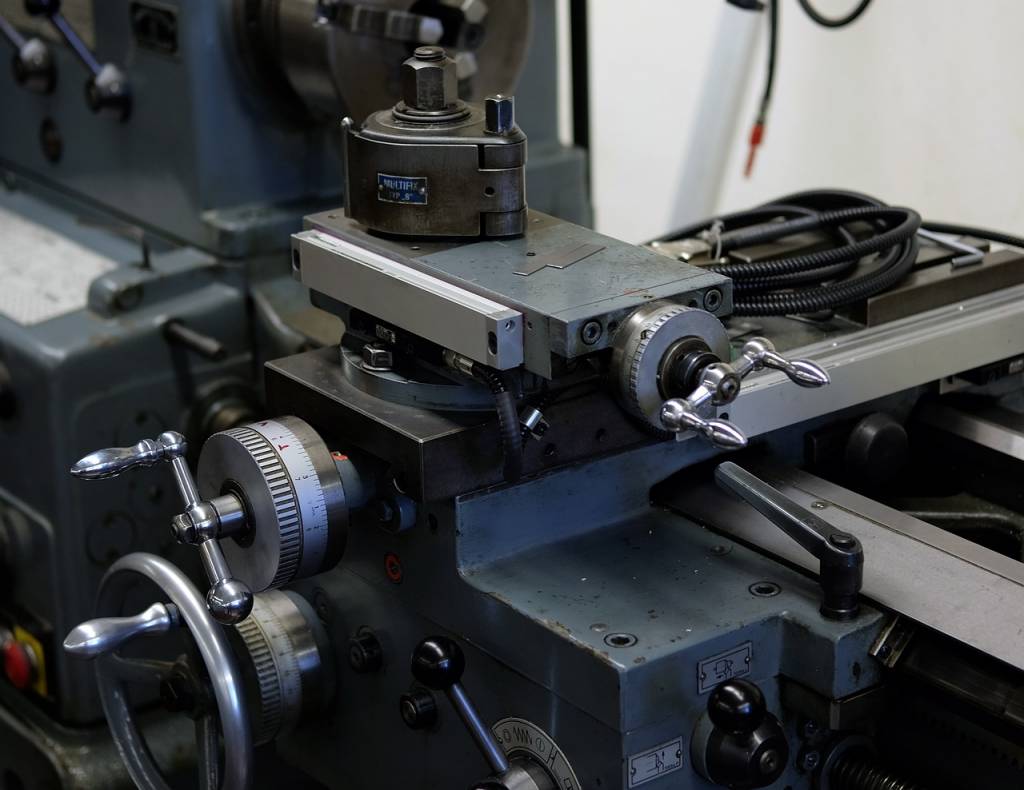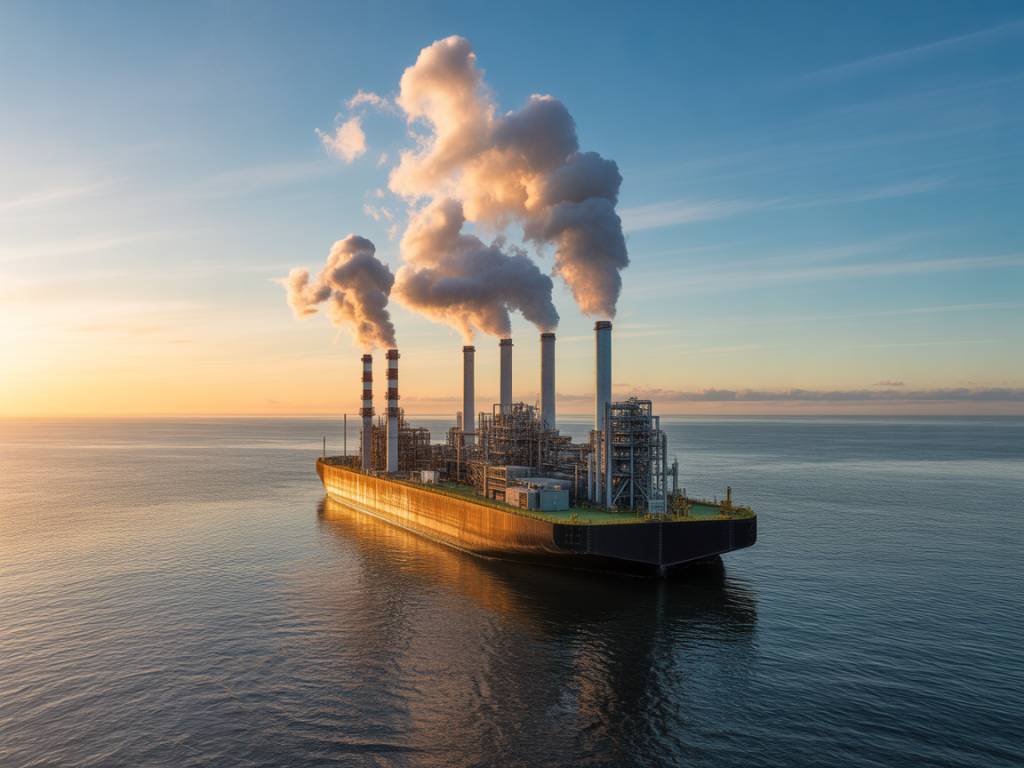The shifting gears of sustainability in heavy industries
The race toward sustainability is no longer confined to glossy CSR reports or keynote speeches at trade shows. In heavy industries—from steel and cement to chemicals and shipbuilding—the pressure to decarbonize has stepped squarely into the operational frontlines. With regulatory frameworks tightening, investor expectations mounting, and customer demands evolving, corporate boards can’t afford to treat sustainability as a marketing accessory anymore. They must now engineer it into the very DNA of business models, production lines, and supply chains.
But how are these traditionally carbon-intensive sectors actually moving the needle? Let’s dissect the strategies deployed, examine their feasibility, and hear what leaders on the ground have to say about this green transition.
Why heavy industries can’t delay the transformation
According to the International Energy Agency (IEA), heavy industry accounts for nearly 30% of global CO₂ emissions. The sector’s decarbonization is not just about environmental responsibility—it’s becoming a strategic imperative. In Europe, the Fit for 55 package sets binding emission reduction targets. In the US, the Inflation Reduction Act encourages green tech adoption through subsidies and tax credits. Across Asia, government policies push for cleaner processes and greater energy efficiency.
The financial implications are equally telling. ESG (Environmental, Social, and Governance) performance is increasingly linked to capital access. According to PwC’s 2023 Global Investor Survey, over 70% of institutional investors said sustainability figures heavily in their decision-making. That’s a wake-up call for industries with razor-thin profit margins and long investment cycles.
Steel: Green hydrogen and electric arc furnaces enter the spotlight
No discussion on decarbonization is complete without addressing the steel industry. Traditionally reliant on coal-fired blast furnaces, the steel sector emits roughly 2.6 tonnes of CO₂ per tonne of steel. Among the front-runners of change is SSAB, the Swedish steelmaker piloting fossil-free steel using green hydrogen under the HYBRIT project.
Green hydrogen, produced via electrolysis powered by renewable electricity, replaces coke in the reduction process. The result? Water vapor instead of CO₂. Though the technology is promising, scalability remains a hurdle—chiefly due to limited hydrogen infrastructure and high costs.
Elsewhere, electric arc furnaces (EAFs)—fueled primarily by electricity and recycled scrap—are seeing renewed interest, especially among smaller producers in Europe and North America. However, their dependence on scrap caps their potential in meeting virgin steel demand in emerging economies.
Cement: From clinker to carbon capture
Cement production is another major emitter, primarily due to limestone calcination and energy-intensive kiln operations. LafargeHolcim, Cemex, and Heidelberg Materials have all launched green cement blends, reducing the clinker ratio and thus lowering carbon output. But innovation alone won’t get cement to net zero.
That’s where carbon capture and storage (CCS) technologies come in. Heidelberg’s Brevik plant in Norway aims to become the world’s first carbon-neutral cement plant by integrating CCS, targeting a 400,000-tonne CO₂ reduction annually. While CCS remains capital-intensive and technically challenging, pilot projects are evolving into commercial-scale deployments, attracting public-private partnerships to mitigate up-front risks.
Shipping: Charting the course to low-carbon maritime logistics
The maritime sector, responsible for 2.9% of global emissions, is undergoing a sea change, quite literally. The IMO’s 2023 strategy sets the goal for net-zero emissions across global shipping « close to 2050 ». In response, shipbuilders and carriers are pivoting to alternative fuels and propulsion systems.
Maersk’s investment in methanol-powered vessels is one of the most visible moves in this space. The company has ordered over a dozen dual-fuel container ships that can run on green methanol, aiming for a carbon-neutral fleet in the long term. Similarly, Japanese firms like NYK and Kawasaki Heavy Industries are exploring ammonia as a zero-carbon fuel.
But there’s more than just fuel substitution at play. Retrofitting fleets for fuel flexibility, installing wind-assist sails, and adopting AI-driven routing for fuel optimization are emerging as pragmatic tactics to reduce emissions without scrapping existing vessels prematurely.
Chemicals: Electrification and circular feedstocks
The chemical industry sits at the intersection of high energy consumption and complex material flows, complicating its decarbonization pathway. But with innovation and regulation forcing change, real transformations are unfolding.
Take BASF’s ChemCycling™ initiative, which feeds chemically recycled plastic waste into its production system. Or AkzoNobel substituting fossil-based raw materials with bio-based alternatives in its coatings segment. While still in early phases, these projects prove that integrating circular feedstocks isn’t science fiction anymore.
Electrification offers another path. Large players like Dow and SABIC are investing in electrified steam cracking—a breakthrough technology that could slash emissions related to ethylene production by using renewable electricity instead of fossil fuels. The timeline is long, but the momentum is building with consortiums forming across Europe and North America.
Logistical constraints and cross-industry interdependencies
It’s one thing to deploy new technologies, but another to ensure the upstream and downstream logistics can keep up. For instance:
- Green hydrogen supply chains require massive investment in electrolyzers, storage, and transportation infrastructure.
- Methanol and ammonia bunkering facilities must be developed in parallel with vessel retrofits.
- CCS networks demand cross-sector integration with high-capacity pipelines and CO₂ storage hubs.
These logistical challenges are not insurmountable but demand synchronized policy support, financing mechanisms, and industrial collaboration. Clusters like the Port of Rotterdam are experimenting with integrated solutions, combining energy vectors, transportation infrastructure, and heavy industry in one ecosystem. It’s a model that could be repurposed worldwide with the right regulatory tailwinds.
Workforce transformation: A quiet revolution
Often overlooked in green transition discussions is workforce preparedness. New technologies often require new skills—not just for engineers but also for operators, maintenance teams, and logistics personnel.
Companies like ArcelorMittal are already rolling out internal training academies for upskilling in hydrogen safety, renewable electricity systems, and digital process monitoring. Similarly, ports and logistics hubs are investing in requalification programs to transition diesel mechanics into EV infrastructure technicians. This isn’t optional—it’s essential to prevent bottlenecks in execution.
The elephant in the boardroom: ROI vs. long-term vision
Let’s be candid—many industrial firms wrestle with the same question: can sustainable investment yield competitive returns? Heavy industry rarely operates with the agility of digital startups; capital investment cycles span decades. Yet, ignoring sustainability can now incur “brown penalties”—higher capital costs, regulatory fines, or even market exclusion.
Leading firms are reframing the equation by quantifying the value of sustainability as an enterprise risk mitigation strategy. By integrating ESG into Total Cost of Ownership (TCO) models, they can justify green innovations not merely on ideology but on operational efficiency, resilience, and long-term profitability.
Is the sustainability race winnable—or just survivable?
Calling it a “race” implies winners and losers, but in reality, it’s more about who adapts fast enough to remain viable. Some companies will lead, creating market advantage through early adoption. Others will lag, caught in legacy systems and chronic underinvestment. The landscape is evolving fast, and the real differentiator isn’t just technology—it’s leadership alignment, strategic partnerships, and execution discipline.
Perhaps the better question is: who’s willing to build sustainability into the engine room, not just the annual report? From what we’re observing on the ground—from pilot programs to public-private partnerships—the shift is undeniably underway. That said, one thing is clear: in heavy industry, going green is no longer a detour. It’s becoming the main route forward.




